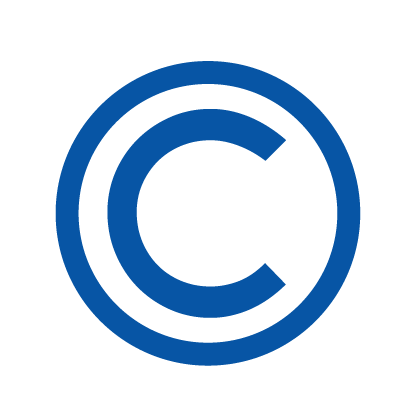CAN/CSA-C802.2-12 (R2017)
Minimum efficiency values for dry-type transformers
View Access for this document is only available for viewers in Canada
Product Details
Preface
This is the third edition of CSA C802.2, Minimum efficiency values for dry-type transformers. It supersedes the previous editions, published in 2006 and 2000.
Scope
1.1
This Standard specifies efficiency values for dry-type transformers. The total ownership cost (TOC) methodology is recommended as the means for achieving these efficiencies, particularly for electric utilities. This Standard also specifies an optimal method for users other than utilities, based on a modified TOC methodology that meets the conditions of energy cost.
Note: See Table 1 for minimum efficiency values.
1.2
This Standard covers single-phase and three-phase self-contained units or components of larger assemblies, 60 Hz, ANN, rated 15 to 833 kVA for single phase and 15 to 7500 kVA for three phase.
1.3
This Standard describes the special features that influence efficiency and provides modifications to the efficiency values specified in Table 1 where such modifications are necessary.
1.4
This Standard specifies the test methods and procedures for determining transformer efficiencies.
1.5
This Standard does not apply to
(a) autotransformers;
(b) grounding transformers;
(c) rectifier transformers;
(d) sealed transformers;
(e) nonventilated transformers;
(f) testing transformers;
(g) furnace transformers;
(h) welding transformers;
(i) encapsulated transformers;
(j) drive (isolation) transformers with two or more output windings or a rated low-voltage line current greater than 1500 A;
(k) transformers operating at a nominal frequency other than 60 Hz;
(l) special impedance transformers;
(m) transformers with a nominal low-voltage line current of 4000 A or more;
(n) on-load regulating transformers;
(o) resistance grounding transformers;
(p) transformer with two or more independent windings for more than one independent output voltage; and
(q) transformers with a low-voltage winding and a BIL above 30 kV.
1.6
In CSA standards, shall is used to express a requirement, i.e., a provision that the user is obliged to satisfy in order to comply with the standard; should is used to express a recommendation or that which is advised but not required; and may is used to express an option or that which is permissible within the limits of the standard.
Notes accompanying clauses do not include requirements or alternative requirements; the purpose of a note accompanying a clause is to separate from the text explanatory or informative material.
Notes to tables and figures are considered part of the table or figure and may be written as requirements.
Annexes are designated normative (mandatory) or informative (nonmandatory) to define their application.


 Request Copyright Permissions
Request Copyright Permissions